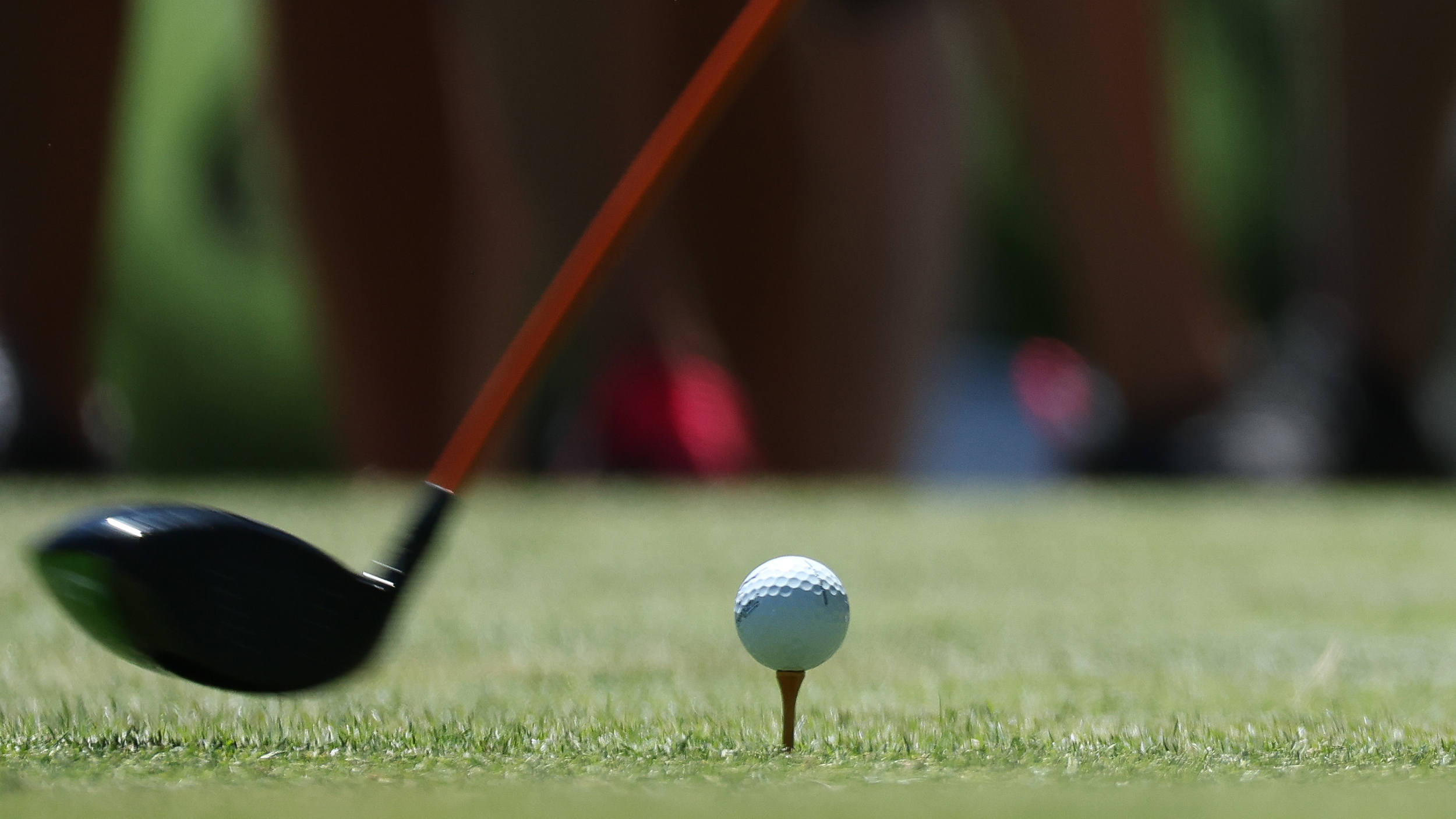What Is The Average Spin Rate Of A PGA Tour Pro With Every Club?
A look at some Trackman stats makes for interesting reading - and could help you get closer to where you need to be


Most recreational golfers probably don’t know their driver spin rate, let alone every golf club in the bag. However, ask elite Tour pros for these numbers and most would have a fairly good idea of what they are, for they spend hours on the range perfecting their equipment and tinkering with different ball flights.
What Is Spin Rate?
Spin rate is the amount of spin on the golf ball immediately after impact, and it has a major influence on the height and distance of a shot. There are many factors that affect spin rate, including club and ball design, friction, and impact location. However, spin rate is generated primarily by club speed and spin loft.
As a very general rule of thumb – and it’s important to note that there’s no one size fits all to driver spin rates, because everyone delivers the club differently to the ball – you’re probably looking for something in the region of 2,000 to 3,500rpm with a driver, but this depends on a number of factors.
PGA Tour Average Spin Rate
According to Trackman, average spin rates from the PGA Tour in 2022 for each club in the bag was as follows:
- Driver, 2,686
- 3-wood, 3,655
- 5-wood, 4,350
- Hybrid, (15-18°), 4,437
- 3-iron, 4,630
- 4-iron, 4,836
- 5-iron, 5,361
- 6-iron, 6,231
- 7-iron, 7,097
- 8-iron, 7,998
- 9-iron, 8,647
- PW, 9,304
These numbers might not mean a lot, but let’s consider what happens if your spin rate isn’t right. If you create too much spin at impact, the ball tends to start off low, before ballooning up into the sky. Conversely, if you don’t generate enough spin, the ball will have a tendency to just drop out of the air. In both cases, carry and total distance will be short of where it could be.

Rory McIlroy's numbers makes for an interesting case study. According to the latest stats provided by the PGA Tour, the Northern Irishman averages 2,324.8 off the tee at the time of writing, which is below the Tour average of 2,570.6 and one of the reasons why he hits the ball so far.
Interestingly, the average in 2007 was 2,814.2. This decrease of 300rpm over a 16-year period is proof that one of the reasons that drives are going further is due to lower spin.
Subscribe to the Golf Monthly newsletter to stay up to date with all the latest tour news, equipment news, reviews, head-to-heads and buyer’s guides from our team of experienced experts.
For comparison, according to Trackman the LPGA Tour average spin rate for driver is 2,611, and 5,943 for 6-iron.
How Pro Spin Rates Compare To Amateur Golfers

- Male scratch or better (driver), 2,896 v Female scratch or better (driver), 2,831
- Male 5-handicap, 2,987 v Female 5-handicap, 3,027
- Male 10-handicap, 3,192 v Female 10-handicap, 3,207
- Male 14.5-handicap, 3,275 v Female 15-handicap 3,287

Michael has been with Golf Monthly since 2008. A multimedia journalist, he has also worked for The Football Association, where he created content to support the England football team, The FA Cup, London 2012, and FA Women's Super League. As content editor at Foremost Golf, Michael worked closely with golf's biggest equipment manufacturers and has developed an in-depth knowledge of this side of the industry. He's a regular contributor, covering instruction, equipment, travel and feature content. Michael has interviewed many of the game's biggest stars, including seven World No.1s, and has attended and reported on numerous Major Championships and Ryder Cups around the world. He's a member of Formby Golf Club in Merseyside, UK.